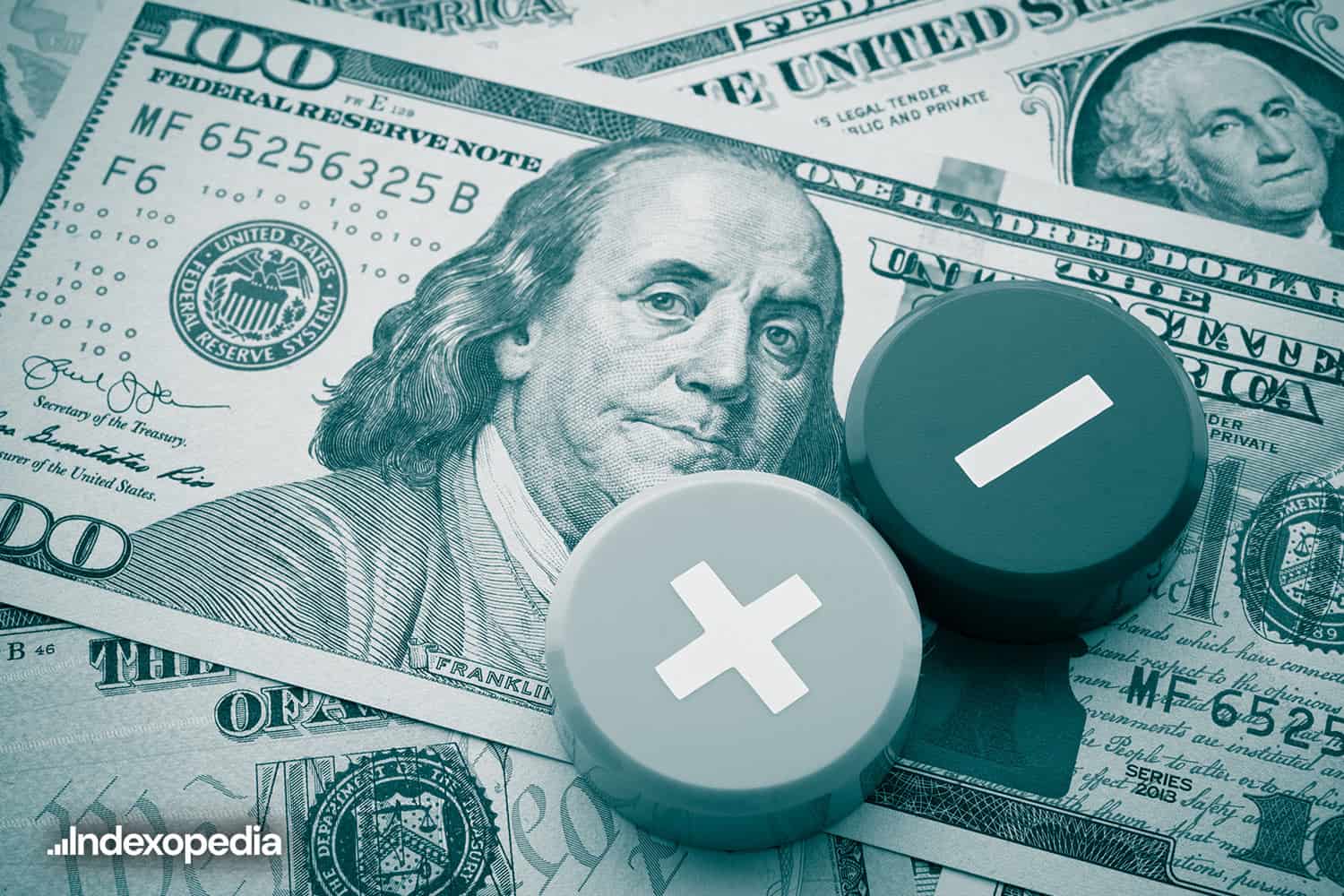

For most investors, inflation is a familiar concern. Recessions are, too. But what happens when the economy suffers from both at the same time? That’s stagflation – a rare but deeply challenging economic environment where inflation runs high, economic growth stagnates, and unemployment increases. It’s an unusual combination that can rattle even the most seasoned investors. But what does stagflation mean for your portfolio, and how should you prepare for it? What Is Stagflation? The term “stagflation” was coined in the 1970s when the U.S. experienced one of the most prolonged and severe stagflationary periods in history. Traditionally, economists believed that inflation and economic stagnation couldn’t occur simultaneously. Inflation usually comes with a booming economy, while recessions bring lower inflation due to reduced demand. But stagflation defies that logic–it’s an environment where rising costs squeeze businesses and consumers while economic growth stalls or declines. Historically, stagflation arises due to supply-side shocks, such as an oil embargo or labor shortages, combined with poor monetary policy, such as excessive money supply growth. Today, concerns about stagflation are due to fears of persistent inflation, supply chain disruptions, and